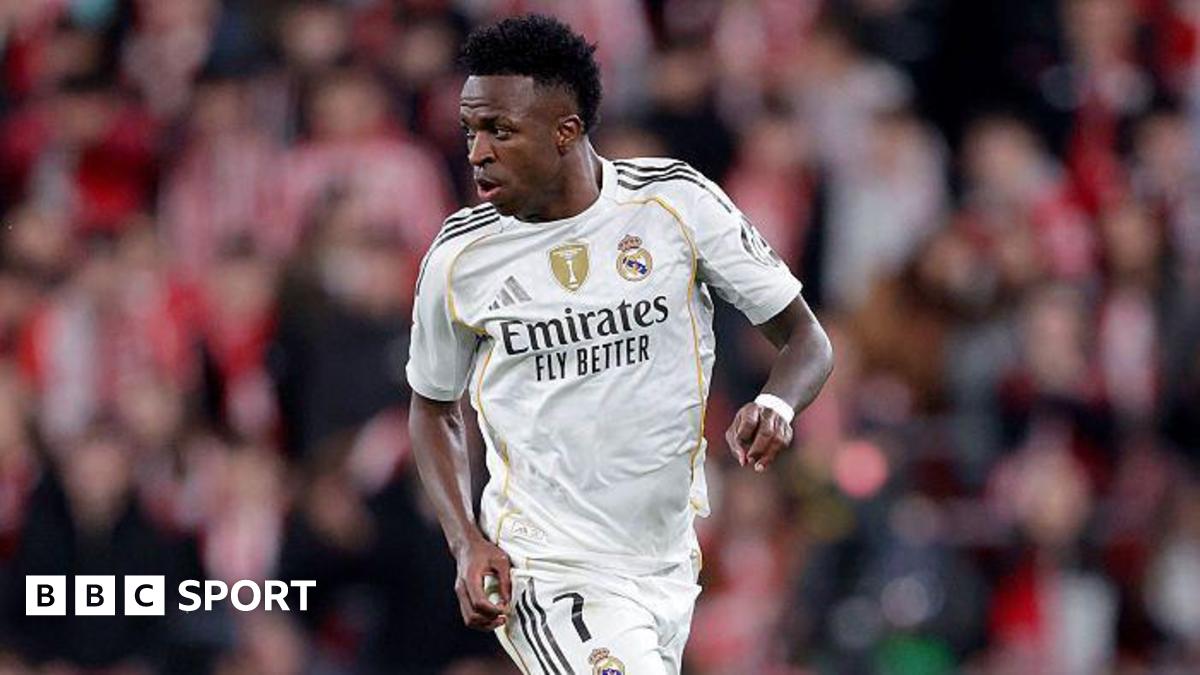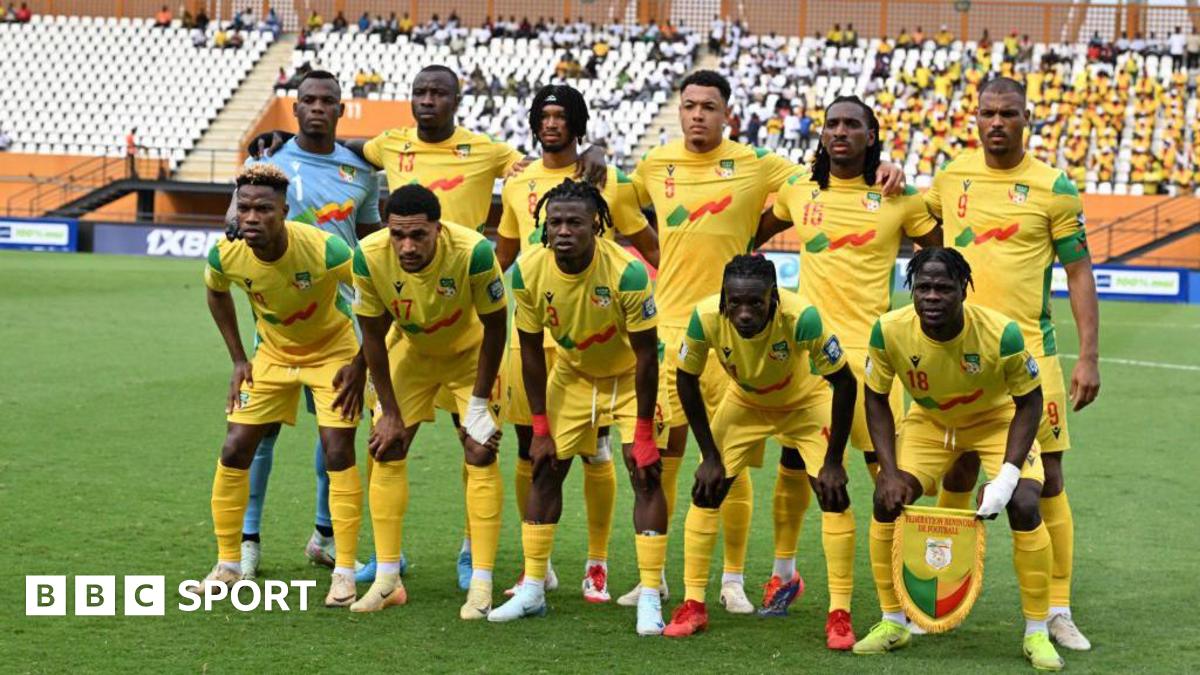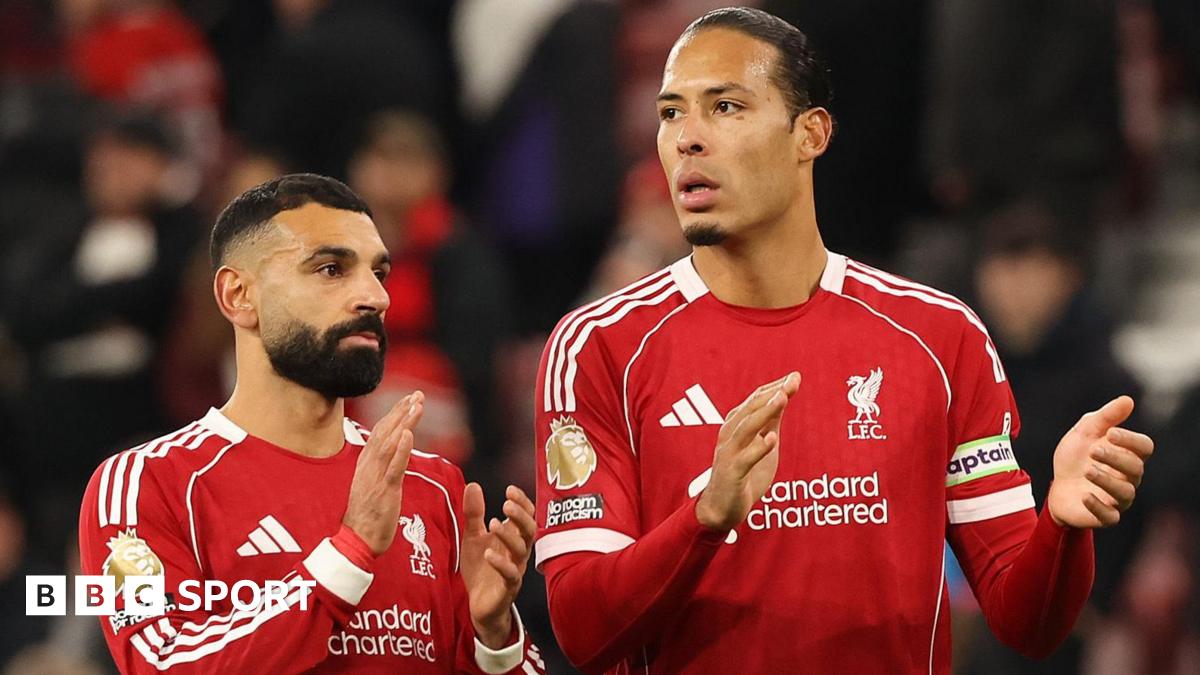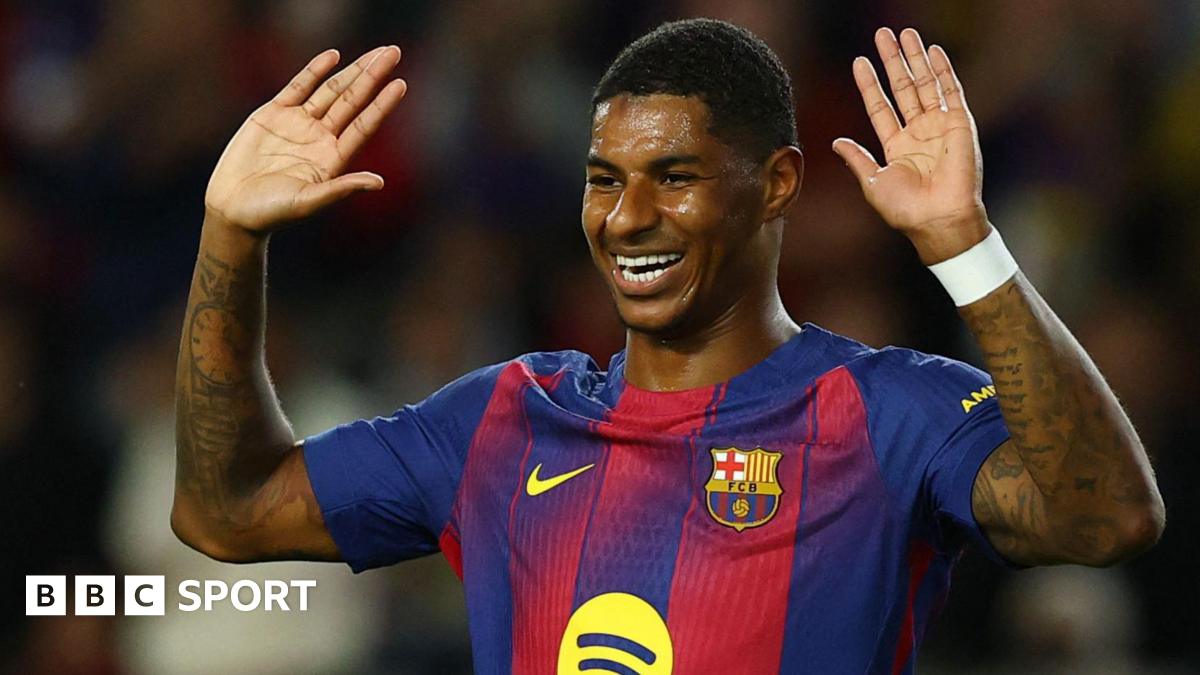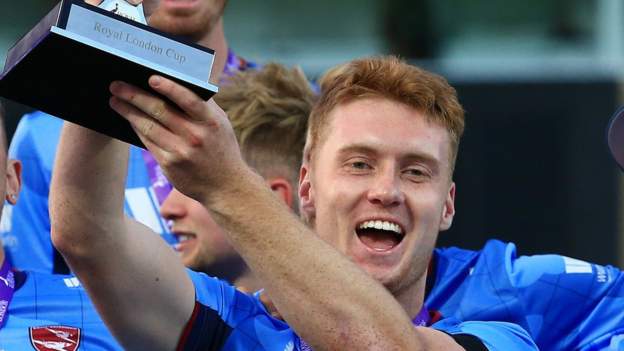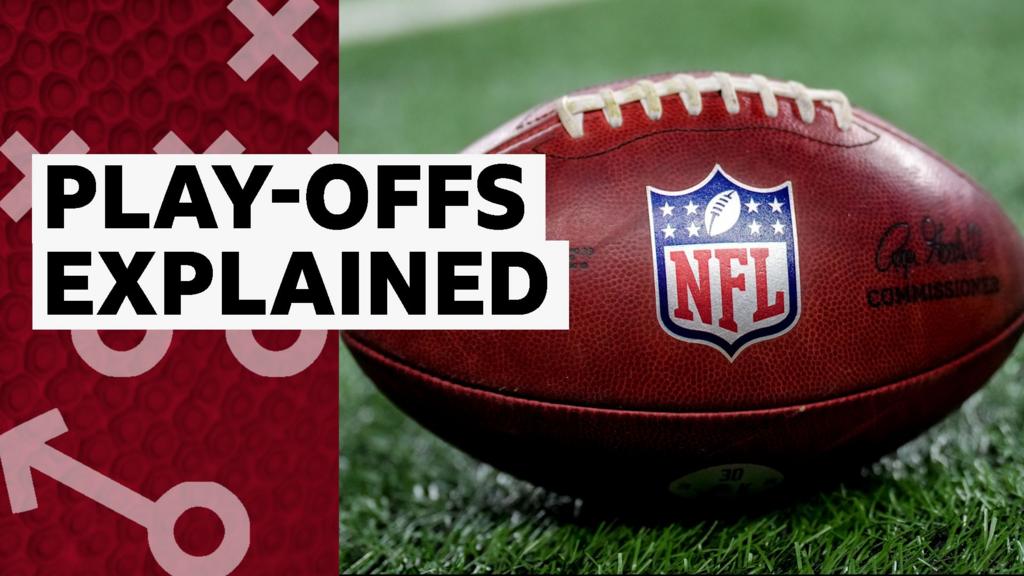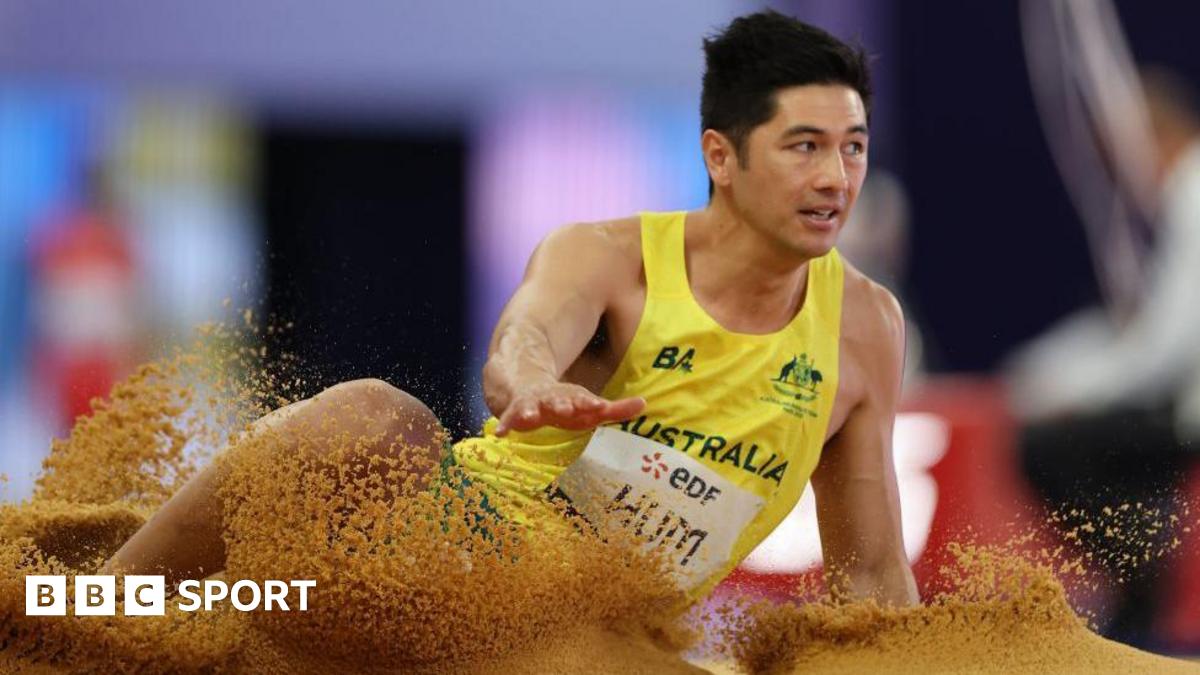As the end of the millennium ticked closer, the 1999 World Cup would symbolise a new beginning.
In the first World Cup of the professional era, the expanded tournament would demonstrate the full commercial potential of the game.
The Millennium Stadium was built to host the event and would symbolise a revival in Welsh national confidence.
In the latest in a series reflecting on past World Cups, BBC Wales Sport looks back at 1999 with Scott Quinnell.
It was a time of renewed confidence in Wales and being Welsh… this was Cool Cymru.
Manic Street Preachers, Super Furry Animals and Catatonia were topping the charts and Stereophonics played before 50,000 fans in Swansea.
Tom Jones was making a successful comeback and Rhys Ifans took Hollywood by storm – in his pants – in the hit film Notting Hill.
The face of the Welsh capital was also changing. The National Assembly was established to house the country’s first parliament in 600 years, just across the new-look Cardiff Bay from the nation’s first five-star hotel, while in the city centre, a shrine to the national sport was under construction.
Despite very real concerns, the £121m Millennium Stadium, now called the Principality Stadium, was fully operational just in time – just – to stage an opening ceremony unprecedented in scale and ambition for a Rugby World Cup.
“Everyone asks what I made of the opening ceremony, but we didn’t see a thing. Steve Black [Wales fitness coach] had us warming up in the bowels of the stadium,” recalled the former number eight.
“But walking out for the anthems and thinking the world was watching was an incredible feeling. There was a fantastic atmosphere which was just magnified under the roof.
“The squad always had belief they would get the stadium finished. It was too big an event not to be ready for.
“But that first warm-up match against South Africa [in front of 27,500 fans in a half-built stadium in the World Cup build-up] did feel like playing on a building site with blokes in high-viz jackets holding socket wrenches watching us.”
That national excitement was shared on the pitch, embodied by Quinnell’s bleached blond haircut, and for the first time, Wales headed into a World Cup full of optimism.

Graham Henry’s side were riding the crest of a wave after eight wins in a row, including victories in Paris, at Wembley over England, twice in Argentina and first win over the Springboks.
“Graham came in and changed everything,” said Quinnell.
“He was a workaholic and the attention to detail was unlike anything I’d seen. He’d have notes put under your hotel room door at 7am outlining the day ahead.
“He also brought new ideas like a senior player group to use as a sounding board which I’d never seen before.
“There was just a great feeling about the place at the time. We’d had a great year and ahead of the World Cup, we did training sessions and visits all over the country, and got an amazing reception wherever we went.”
The WRU had struck a deal with the rest of the Five Nations Championship and England, Ireland, Scotland and France all hosted pool games.
However there was only one result of any note in the pool stage and that – once again – involved Wales and Samoa in Cardiff. Lightning, Wales discovered to their pain, could strike twice.
Having ground out a bad-tempered win in the tournament opener over Argentina and brushed past Japan, Wales lost to Samoa in a result that utterly overshadowed Neil Jenkins breaking the world record for Test points.
“Unfortunately Wales against Samoa in World Cups in Cardiff doesn’t seem to go very well,” winced Quinnell.
“They were the most physical side you could ever play. When a Samoan hits you, you stay hit and after the game, I’d never felt so beaten up.
“One of their centres put my teeth through my lip and I got hit so hard by someone else that I popped the ball up for Stephen Bachop to score a try. I think that might count as an assist.”

Wales squeezed into the quarter-finals, from a three-way tie in the pool, to set up a showdown with Australia.
Henry controversially opted to leave the roof open in a bid to slow the Wallabies and in a rain-sodden match in front of a raucous home crowd, the result hung on a knife-edge at 10-9 well into the second half.
Wallaby wing Ben Tune slid onto Stephen Larkham’s kick faster than Shane Howarth for a crucial score before George Gregan touched down late on from Tim Horan’s pass, that many Welsh fans thought was forward.
“It was the hardest feeling after a match and still rankles now. That’s why I’ve never watched it back… even after 24 years,” said Quinnell.
“I remember the game turning on a moment. I asked the referee to look for a possible forward pass, but all he said was ‘go away’.
“There were no TMOs then so we just had to take it, but I knew that was the match.
“It was so disappointing. It was a massive opportunity, at home in a World Cup quarter-final and I still don’t think Australia were that much better than us. I’ll always think that was the one got away.”
Australia would go on to become the first team to win the World Cup twice, beating South Africa in extra-time and then France, who had knocked out Jonah Lomu’s New Zealand at Twickenham in one of the great World Cup encounters.
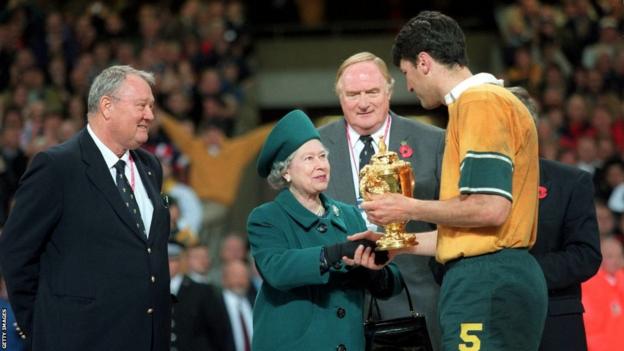
Despite the hosts’ early exit and the Webb Ellis trophy returning to Australia damaged in the celebrations, the tournament would be hailed as a major success for rugby and Wales.
The competition had been expanded to 20 teams, record attendances reached more than 1.5m people – an average of almost 40,000 per match – and Wales was left with a world-renowned stadium.
A new stadium with a roof for £121m appears a snip at today’s prices. However the debt taken on by the WRU to bankroll the huge undertaking would take a toll on Welsh rugby in later years.
Scott Quinnell’s predictions for 2023
Where will Wales finish? Semi-finals
Winners? I thought Ireland, then South Africa… now France.





